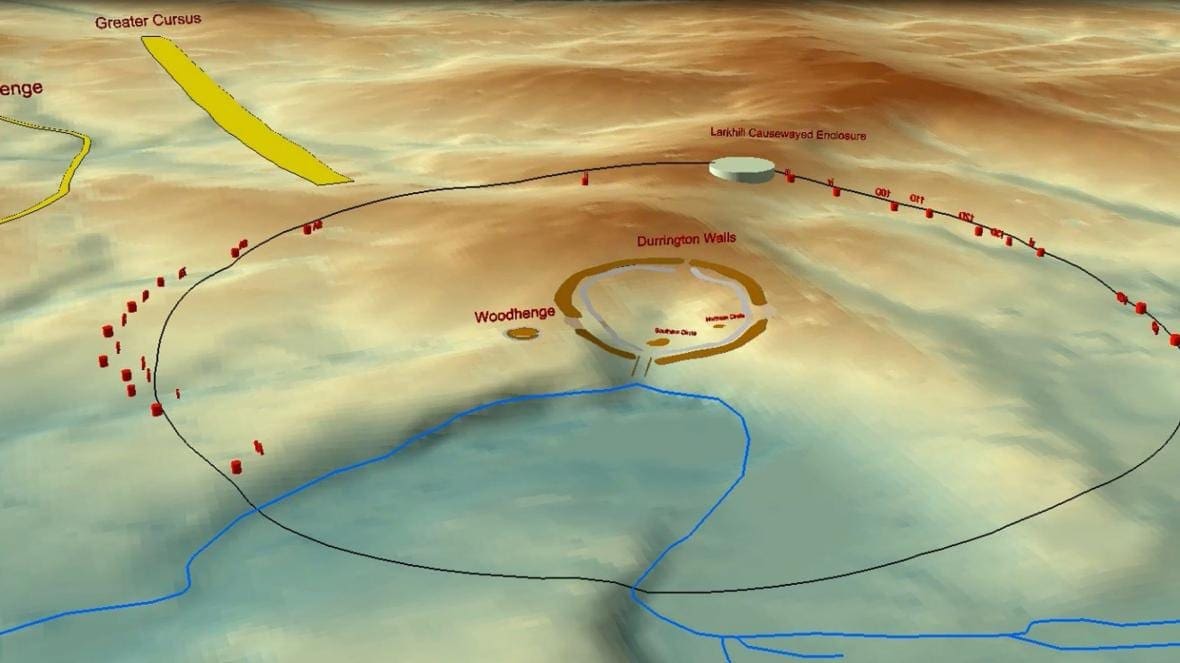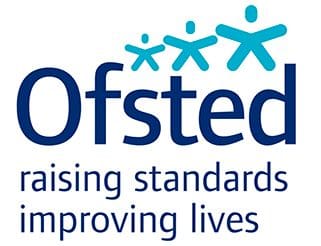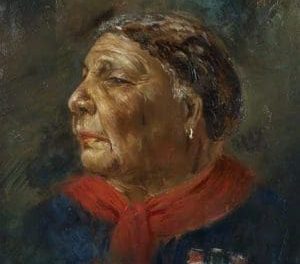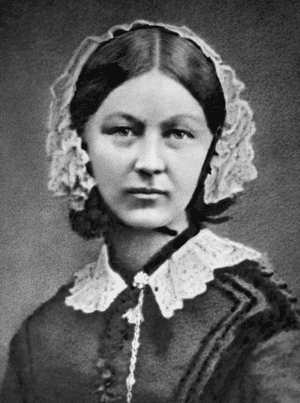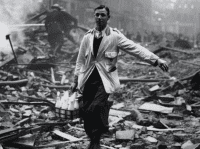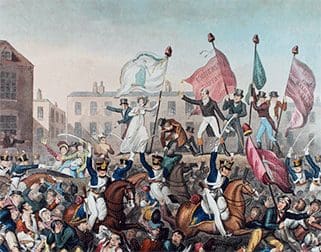
The Peterloo massacre is one of the best-documented events in British history and now the subject of Mike Leigh’s recent film, which has brought it to more people’s attention. The Historical Association site has a short podcast interview with Mike himself in which he discusses the way he wanted Peterloo to be remembered. You can access it here.
So, are we getting the emphasis right in our teaching?
In the end Peterloo was not about ‘distress’ but about citizenship, and it is still one of Britain’s most important lessons in citizenship as well as in history.
Recently Robert Poole from University of Cumbria has offered his view.
“The meeting was the climax of a series of high-profile mass gatherings for parliamentary reform. It was transparently peaceful but the frightened magistrates, thinking back to an abortive rising in 1817, sent in the troops. Under the noses of the national press, eleven people were killed (a toll which later rose to seventeen) and over six hundred and fifty wounded, a quarter of them women, some of them children, many of them by sabre wounds. ‘This is Waterloo for you!’ cried out some of the special constables in triumph, and the event was soon dubbed ‘Peterloo’ in the radical press. Middle-class and working-class reformers united in outrage, while for several months afterwards armed rebellion appeared to threaten from below.
Peterloo bears the same symbolic relationship to the movement for parliamentary reform as the Amritsar massacre to the movement for Indian independence or the Sharpeville and Soweto massacres to the South African liberation movement: a formative experience of repression on a long road to eventual success. “Peterloo” became a shorthand term for the political dark side of the industrial revolution. As one of the stations of the cross on the forward march of labour, its place in the historiography of modern Britain is secure. The recent debate about a proper Peterloo memorial for Manchester reached the national press and BBC news. A poster showing a scene from Peterloo was used to promote the early, historically-aware version of ‘Citizenship’ in schools. As an exciting episode that seems to epitomise the distress and conflict of the early industrial revolution, Peterloo is a favourite in textbooks.
Unfortunately, because it stands in for the debate about the vote, it tends to be presented as a battle between two sides. This leads to simplistic questions about which side was to blame, or whether the reformers were right to rebel. Yet all the evidence is that it was not a battle but a massacre—more Tiananmen Square than the battle of Cable Street. Peterloo is also made to stand in for the suffering caused by the industrial revolution, and particularly the plight of cotton factory workers. This too is misleading. Although there is room for debate about the proportions of Mancunians and ‘country people’ from the surrounding weaving districts, very few of those involved were factory workers unless unemployed—after all, like most mass meetings it took place on a Monday, when the factories were at work.
It is misleading for another reason. Emphasising ‘distress’ as a cause of political activity leads to simple equation of agitation with hunger, and implies a crude economic model of political protest. Yet Peterloo was all about parliamentary reform, and the exclusion of ordinary people from the political process. Its organisers had a well-developed ‘mass platform’ strategy for bringing pressure to bear on government which deserves better respect than simply labelling it an eruption of ‘distress’. Two recent works exemplify the new political (as opposed to economic) thinking about Peterloo.
Robert Poole’s own article ‘‘By the law or the sword’: Peterloo Revisited’ (History, April 2006) argues that the government and the magistrates shared responsibility for the massacre, and that this emerged very clearly from the subsequent trial of the leaders. An argument with two sides should not be distorted into a battle with two sides. Michael Bush’s The Casualties of Peterloo (Carnegie, 2006) analyses those who fell (whose numbers he revises upwards by nearly 50%). Here and in his associated article ‘The Women at Peterloo’ (History, 2004) Bush argues that women were more likely than men to be victims, and not just in the crush. The shocking implication is that the local volunteer troops went for the women, whose presence they found particularly obnoxious”.

